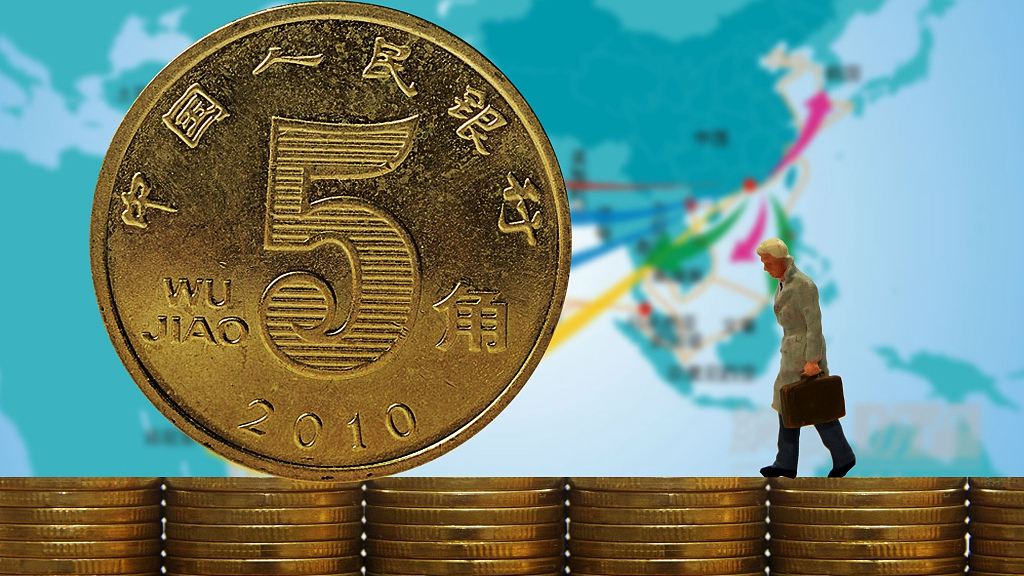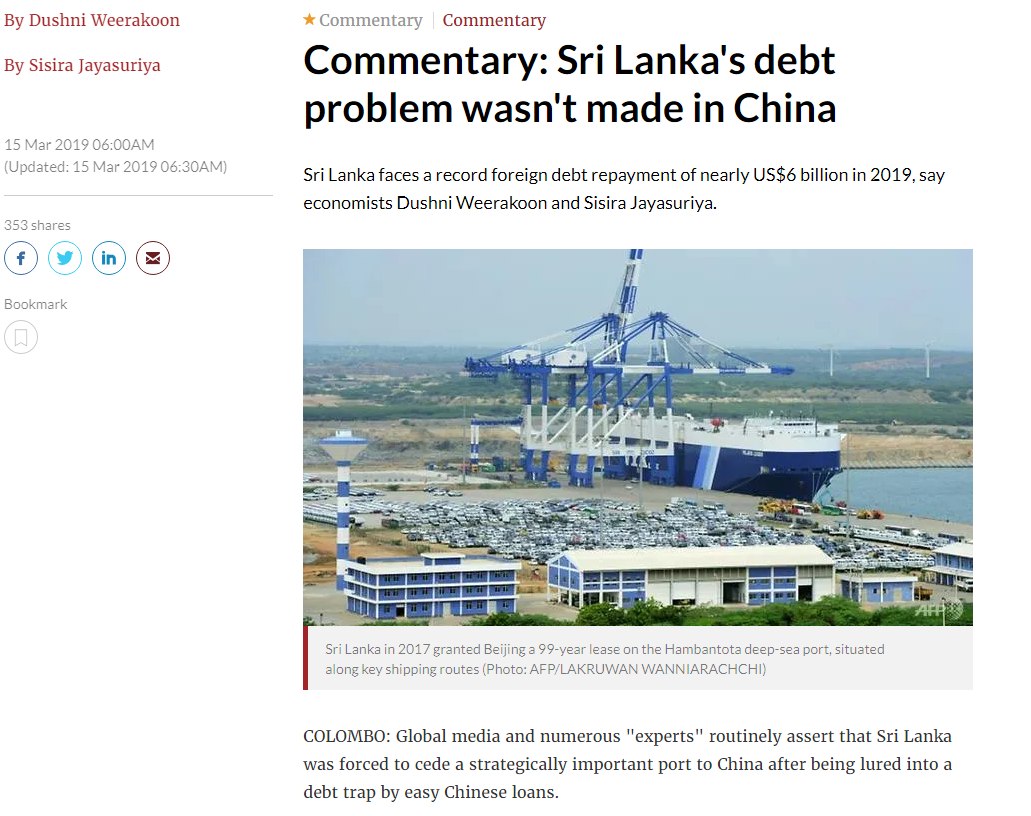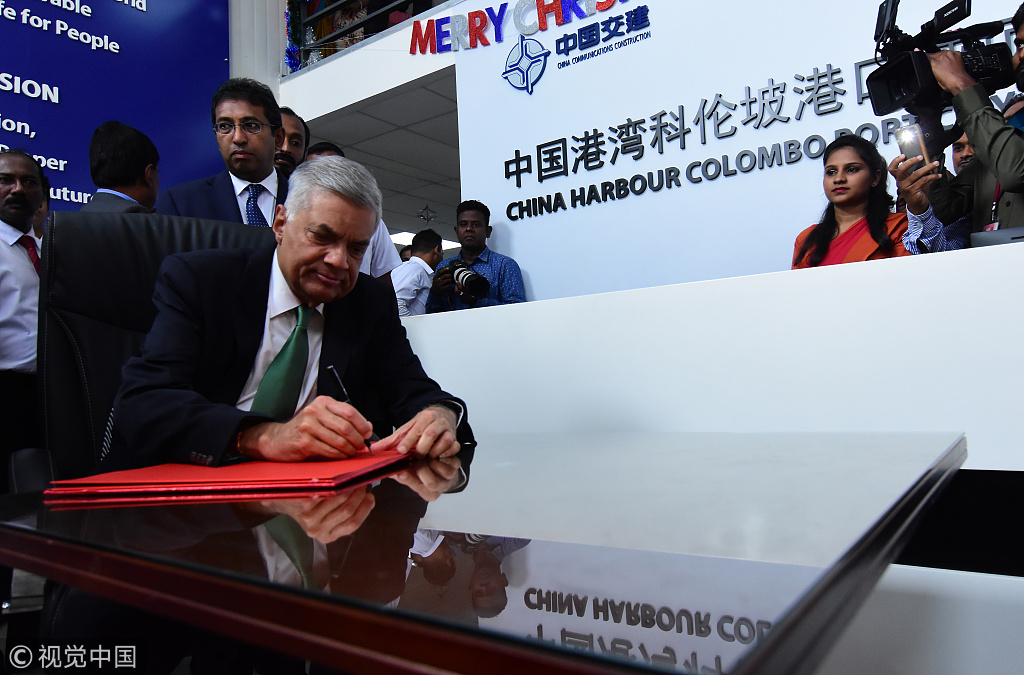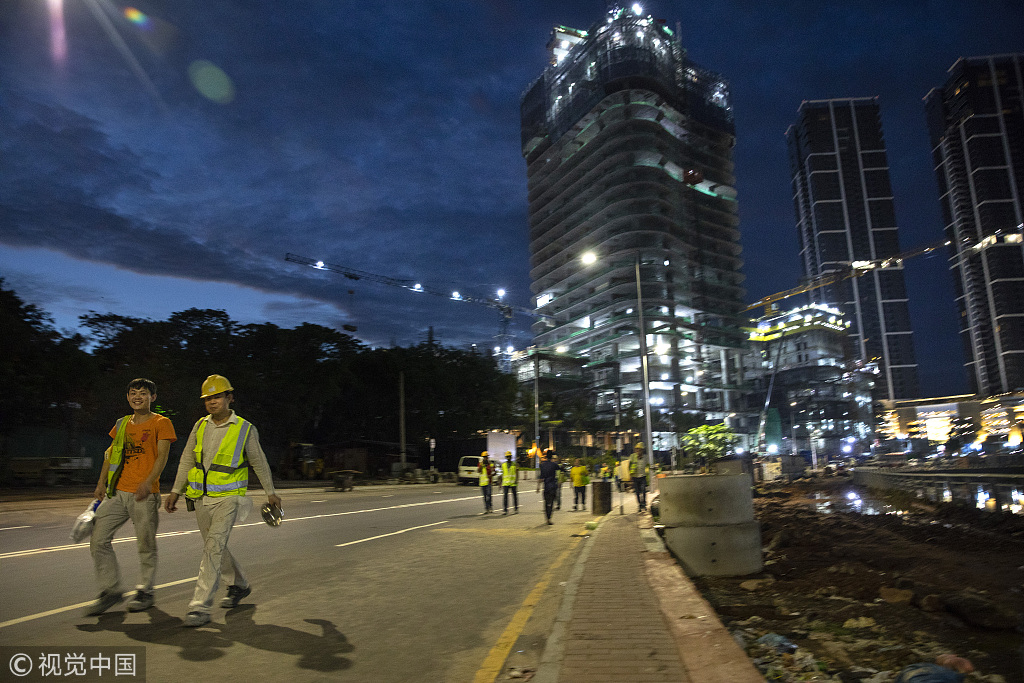
Opinion
14:24, 10-Apr-2019
Why should the EU join the BRI?
Updated
17:01, 10-Apr-2019
Ken Moak

Editor's note: Ken Moak, who taught economic theory, public policy and globalization at university level for 33 years, co-authored a book titled "China's Economic Rise and Its Global Impact" in 2015. The article reflects the author's opinion, and not necessarily the views of CGTN.
The EU seems to be in a quandary on whether to embrace or reject China's Road and Belt Initiative (BRI). It is agonizing between siding with the U.S. on boycotting the BRI and joining it. Indeed, there seems to be a “difference” between the “ideologues” and “realists” over the BRI. German Chancellor Angela Merkel advocated joining it while European Commission (EC) President Jean-Claude Juncker is taking a harder line.
Is the BRI a "debt trap"?
The BRI is not a “debt trap” as many of its participants attested. Sri Lanka, the country which BRI critics love to cite as an example of falling into the trap, is an example. However, leasing the Hambantota port to a Chinese company was a commercial decision, not one of debt.
According to Sri Lankan economists Dushni Weerakoon and Sisira Jayasuriya, the country's debt is not of China's making. In an article published in channelnewsasia.com on March 15, they pointed out that Chinese loans only constituted 10 percent of Sri Lanka's total foreign debt. The authors further revealed that fixed interest rate is 2 percent and other fees of 0.5 percent with maturity dates of between 25 and 20 years, not an outlandish figure.

Most of Sri Lanka's loans were borrowed from international capital markets in the form of bond issues and foreign currency-dominated loans. Indeed, the country's international sovereign bond issues and foreign currency dominated-loans rose from 700 million U.S. dollars in 2007 to 15.3 billion U.S. dollars in 2018, a period of global capital market distortion and economic fragility caused by the U.S.-originated 2008 financial crisis.
At the aftermath of the financial crisis, the West encountered a “financial bubble” in which banks were unable or unwilling to make loans because of huge liabilities from overleveraging. The over-creation and trading of financial derivatives, a financial instrument derived from an existing one, meant the underlying collateral was sold many times. Further, lending rates were almost zero. This “double whammy” caused banks to withhold lending at home, but eager to lend money to the developing countries such as Sri Lanka.
Moreover, Sri Lanka, like most developing nations did not have mechanisms to spur economic growth, culminating in spiraling fiscal deficits because the economy did not generate sufficient revenues to fund rising public spending. Additionally, exports were falling because of the “Deep Recession” caused by the financial crisis. To that end, Sir Lanka had no choice but to borrow heavily to finance persistent fiscal and current account deficits.
Harsh conditions, requiring Sri Lanka to adopt austerity measures (i.e. to repay loans before spending on anything else), worsened its debt issue, forcing the government to get another loan to pay off an existing one. To repay the loans and balance the fiscal budget, they had to cut spending by reducing the size of the public service and other programs. The result was a further decline in aggregate demand.
BRI is really a “win-win” platform
Contrary to the Western, particularly U.S., rhetorical nonsense, the BRI is really a brilliant platform for promoting economic growth for China and the participating nations. One can argue who benefits more, China or the recipient country, but the fact of the matter is both have benefited. Sri Lanka is a good example of the BRI's “win-win” narrative.

Sri Lankan Prime Minister Ranil Wickremesinghe visits a Chinese-funded 1.4-billion-U.S.-dollar reclamation project, January 2, 2018. /VCG Photo
Sri Lankan Prime Minister Ranil Wickremesinghe visits a Chinese-funded 1.4-billion-U.S.-dollar reclamation project, January 2, 2018. /VCG Photo
The Sri Lankan government indeed attested that the BRI helped the economy. The Hambantota port was just sitting idle with no shipping traffic until the Chinese came. Today, Hambantota port is becoming a viable commercial port and attracting investment.
Further, China was not Sir Lanka's first choice as an investor, primarily because of external pressure particularly from India. However, few Western nations and India were unable or unwilling to invest in the country. To that end, China could be construed as a “friend in need is a friend indeed.”
The Sri Lanka narrative reflects that of the other participating countries. Spain, for example, attests that the BRI has helped its economy, albeit the ambassador to China, Rafael Dezcallar Mazarredo, complained about the Asian giant's trade practices.
Why should the EU join the BRI?
The EU does not have sufficient fiscal or monetary policy muscle to pull itself out of the economic hole that the financial crisis had dug. EU zone government debt to GDP was over 80 percent with some countries recording over 100 percent (i.e. Greece, Italy) as of third quarter of 2018, according to statista.com, resulting in limited fiscal policy effectiveness.
The EU also lacks monetary policy ammunition because the European Central Bank (ECB) is maintaining the benchmark lending rate at 0 percent until the middle of 2019 if not beyond due to trade conflicts, financial risk and other factors.
Then there is the “Trump effect,” in which the U.S. President Donald Trump imposed tariffs on EU steel and aluminum and automobiles/parts. The EU responded with a tit-for-tat, putting the trade relationship between the two sides in jeopardy. The trade conflict might worsen with Trump threatening to impose tariffs on 11 billion U.S. dollars of EU goods and services over what he called “illegal” subsidies to Airbus. The EU vows to retaliate if Trump follows through with the threat.

Chinese construction workers head home after work on site at a new shopping mall called The Mall at One Galle Face which is part of the Chinese-managed Shangri-La retails and office complex in Colombo, Sri Lanka, November 20, 2018. /VCG Photo
Chinese construction workers head home after work on site at a new shopping mall called The Mall at One Galle Face which is part of the Chinese-managed Shangri-La retails and office complex in Colombo, Sri Lanka, November 20, 2018. /VCG Photo
Brexit, the UK leaving the EU stance, could add another headache to the supranational organization. Trade and investment relations could be a casualty.
Finally, in spite of the EU and U.S. pressure not to join, over 10 European countries have already done so, signing memorandum of understanding with China to join the BRI. Italy, Greece and Portugal openly declare that joining the Chinese initiative serves their national interests. Given the benefits that the BRI could offer, more European countries will likely join it.
Taking the debate to its logical conclusion, joining the BRI might be best if not the only avenue in pulling the EU out of its economic malaise. China is an increasingly affluent and huge market which could continue to buy massive quantities of EU products.
(If you want to contribute and have specific expertise, please contact us at opinions@cgtn.com.)

SITEMAP
Copyright © 2018 CGTN. Beijing ICP prepared NO.16065310-3
Copyright © 2018 CGTN. Beijing ICP prepared NO.16065310-3